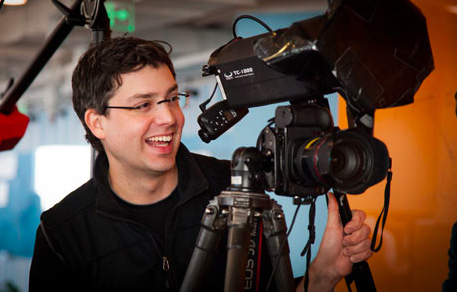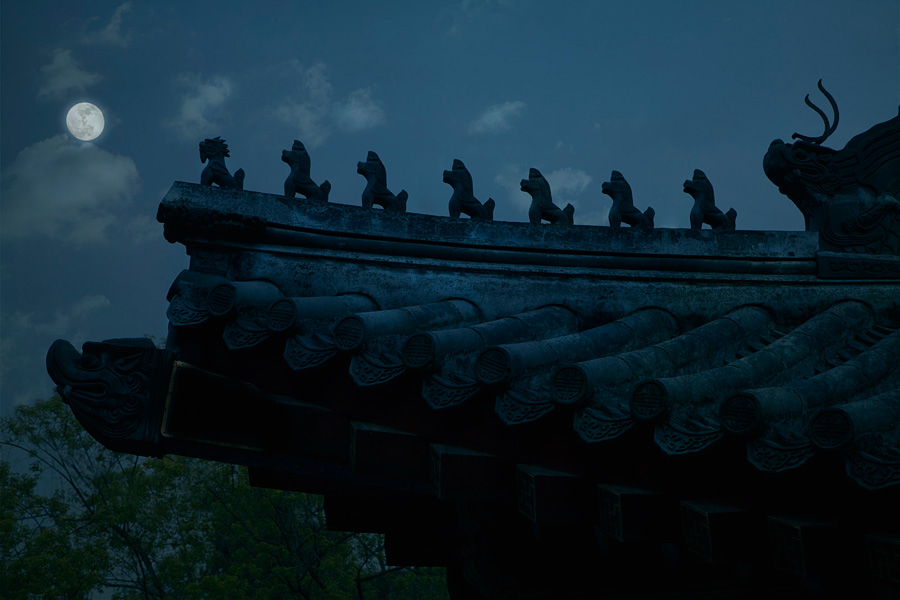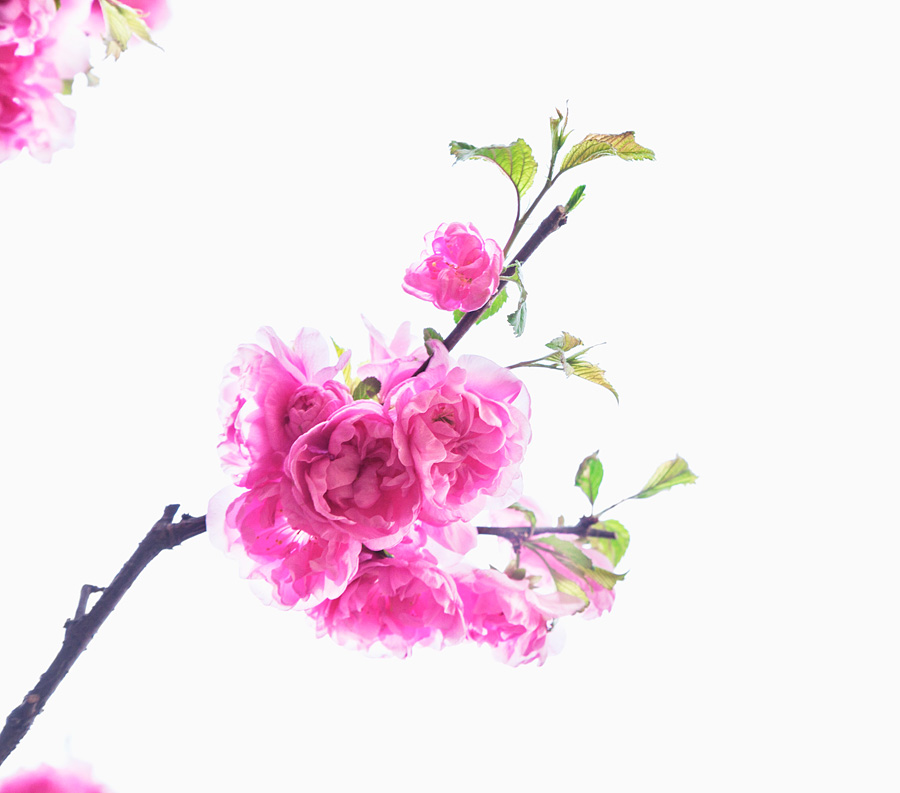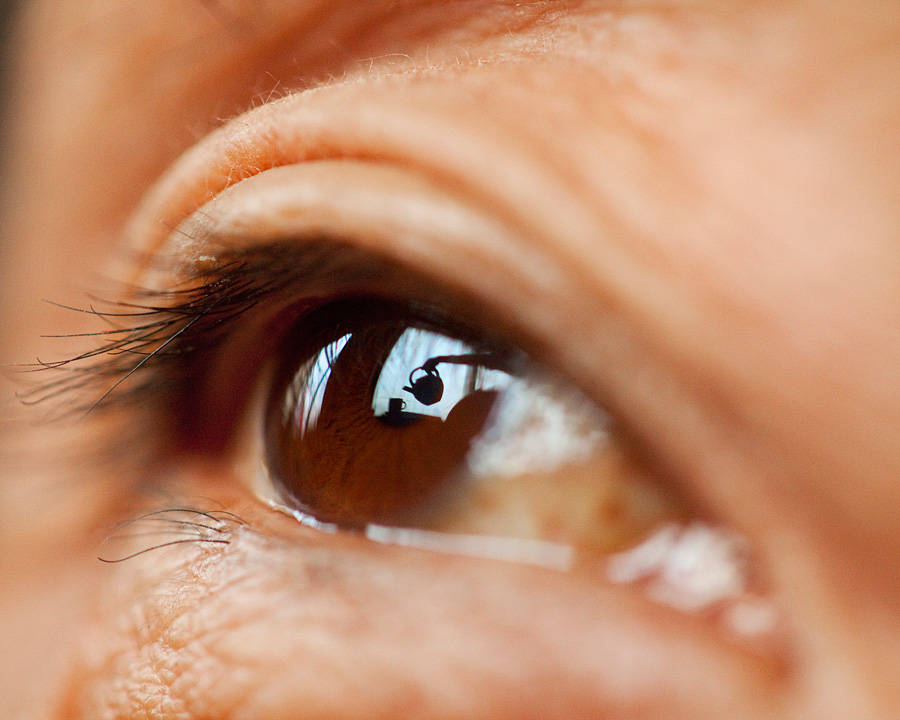Taylor Davidson · Shannon Fagan


Shannon Fagan
##What do you do?
After a 10 year career in commercial and stock photography in New York City, I moved my operation to Beijing in 2011 for an initiative to develop content for the growing Chinese economy interests around the world. The company operation was hand-built from the ground up, employing a small team of producers and assistants. We created 10,000 images and supplied them to up to 100 individual partnership contracts through a variety of distribution means. Our mission was to place contemporary aesthetic locally produced imagery within the reach of global advertisers. It was not easy.

How did you find your focus?
I scanned the marketplace for holes and difficult-to-get-into segments of commercial creative media. While video/motion work seemed interesting to me in 2010, it was rapidly being entered into by droves of still photographers seeking new revenue streams. Another option, the niche of a local content specificity, came about after many trips to China since 2006. China’s unique do-it-yourself and high-barrier-of-entry components (due to visa restrictions, language barriers, and physical distance) allowed me expand my business operational awareness and acumen alongside my already established line of work in stock photography production. The result was the ability to further niche and self-teach myself the necessary mechanisms of the Chinese business community.

##What is the most interesting technological, cultural, business, or artistic trend in photography that you’re excited about?
The most interesting trend recently is the rapid rise of news coverage by everyday citizens with a cell phone camera. These off-the-cuff images and videos are now regularly used in professional journalism services and the trend appears to be continuing with no end. This has given way to a very intriguing shift in global comprehension of what constitutes privacy. There is a notion emerging that nothing is sacred anymore in terms of “hands-off” access to the sanctuary of personal matters and private space.
##What tech trend in photography are you looking forward to either a) becoming more prominent or b) fading away or c) holding steady?
The one that will hold steady is that there is an application interface for every quick-shot image use known and there will continue to be advancement for applications for every function of photography.

##What does “editing” photographs mean to you?
Editing is one of the most expensive and tedious parts of the production process, since it can be an educated guess as to which image might sell better than another, and, if for stock purposes, if it might pass stringent technical requirements. Editing is a management of time against bets to earn back the money spent on productions in stock image making. There is a fine line between tight edits and loose edits. Generally, tighter is better these days, and significantly more impressive to the viewer and analyst looking at what we do as an operation. To say that you have 10,000 single shot images is significantly more valuable than a set of 2500 images with 4 shot variations each.
##“Everyone is a photographer”. Agree or disagree, and why.
Everyone is, and should be. The word “photographer”, which used to denote a professional full-time still image maker, is rapidly changing in meaning as it now defines a full spectrum of primarily part-time participants who supply pictures to a variety of art and commercials usages.

##What is your favorite photo app, and why?
WeChat by TenCent Technologies in China. It’s perfect for location scouting and has a very user-friendly photo sharing capability within the limitations of China’s slower data network bandwidths.
##What’s the biggest thing you’ve seen change in the industry?
Prices for assignments and content licensing have fallen dramatically in the last 5 years. It is an industry that is struggling to endure profitability against expenses for most participants if looked at from a financial perspective.

##What’s one thing you’ve been wrong about in the past regarding the photography industry?
I grossly underestimated the rapidity of shift towards amateurs participating in the photographic industry to supply professional creatives with sustained high volumes of commercial applicable imagery work. I think we all underestimated the ability and willingness of these individuals to supply such high-end work at a fraction of what hourly rates might have required if to do that work full-time professionally. This has changed the structure of how we look at pictures and how we regard the service of photography work internationally.

##What lesson would you give to someone looking to do what you do?
I would encourage them to explore fields of high expandable market growth, high barriers of entry, and levels of mentorship through various ranking channels of step-by-step involvement. There are opportunities to be had in the numerous service industries that supply to photography, such as retouching services, manufacturing services, applications and software, and logistics such as production planning.
Follow Shannon Fagan at @shannonfagan and shannonfagan.com.